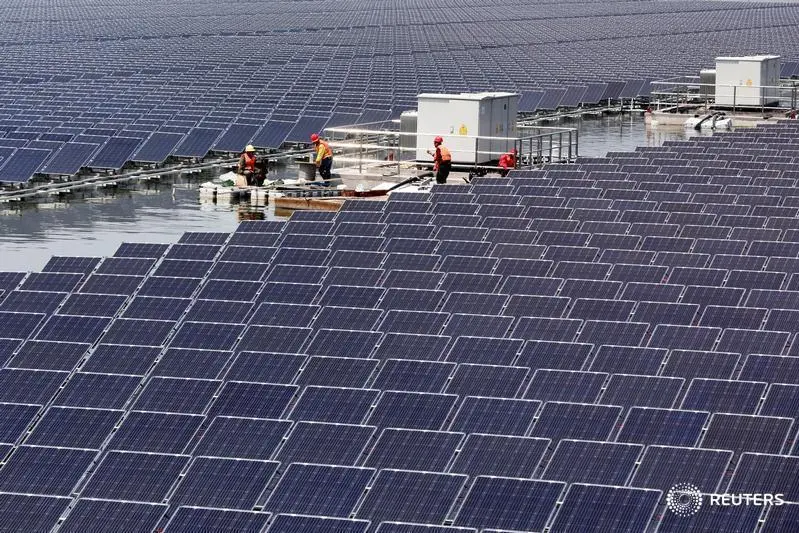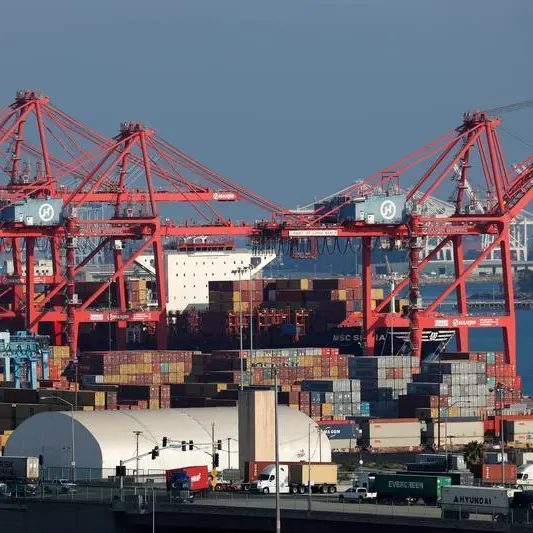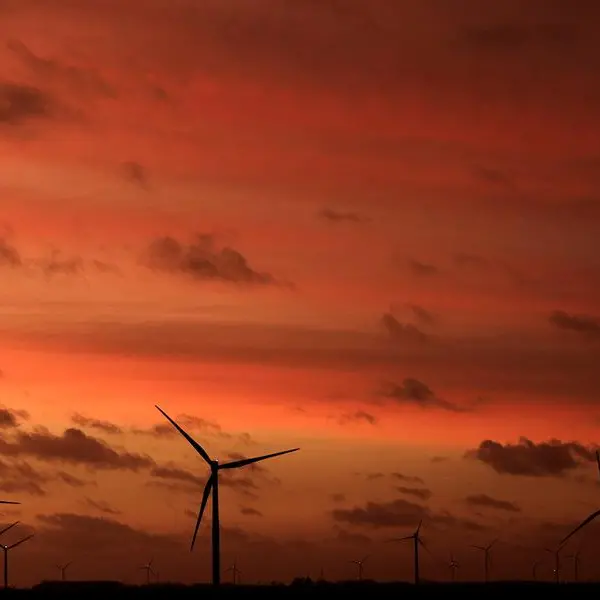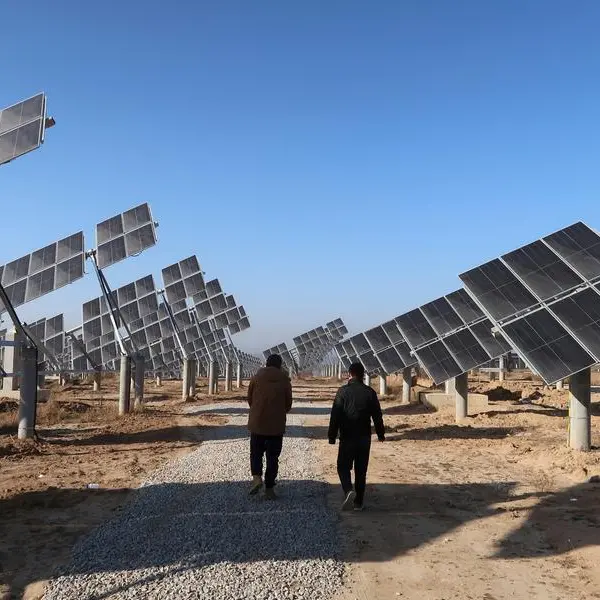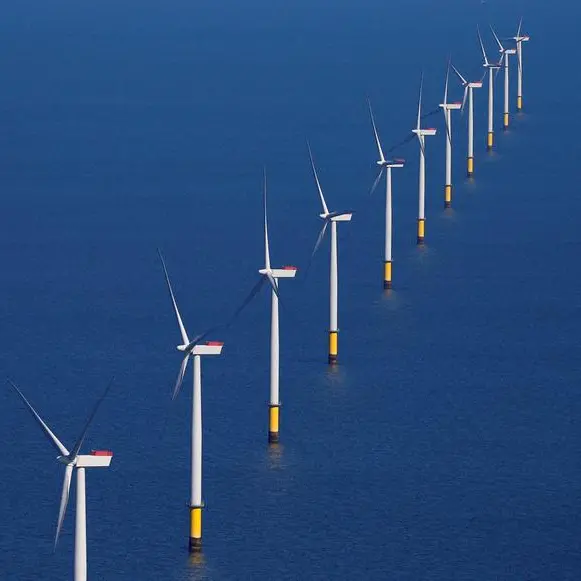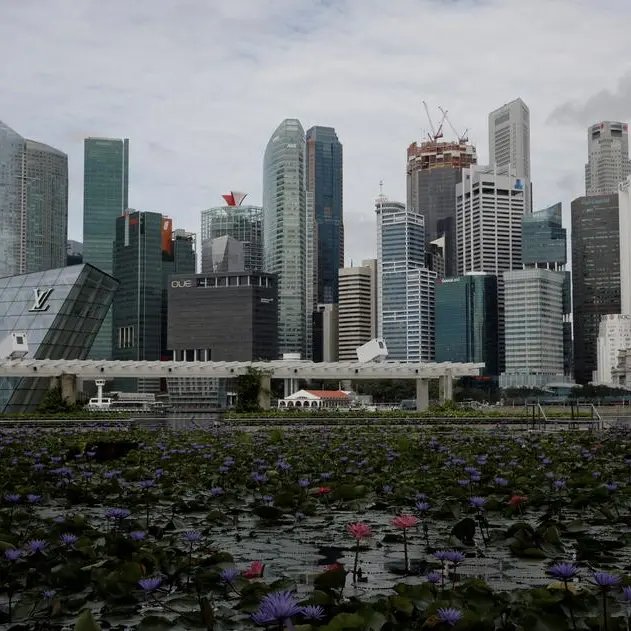PHOTO
Image used for illustrative purpose Solar panels are seen at a floating solar plant in Huaibei, Anhui province, China April 24, 2018. China Daily CDIC, Reuters
LONDON - China plans to generate an increasing share of electricity from renewables as part of its pathway to net zero emissions, with coal-fired and gas-fired power plants acting in a reserve capacity to ensure reliability.
The transformation is already well underway, though the extent of the changes was masked by drought in 2022/23 that temporarily reduced hydroelectric generation.
Thermal power plants (mostly fuelled by coal) accounted for 2,853 gigawatts (GW) of generation capacity or 48% of the total at the end of November 2023, according to the China Electricity Council.
Remaining capacity came from zero-emission sources, including solar (558 GW, 20%), hydro (421 GW, 15%), wind (413 GW, 15%) and nuclear (57 GW, 2%).
But thermal power plants still accounted for a far higher share of actual generation (70% in 2023), compared with lower shares from hydro (13%), wind (9%), nuclear (5%) and solar (3%).
The average thermal plant generated for 4040 hours in the first eleven months of the year compared with 2927 hours for hydro plants, 2029 hours for wind farms and 1218 hours for solar.
Thermal plants were able to generate on-demand thanks to plentiful coal supplies while hydro was hit by low water volumes on the southern river systems and wind and solar were limited by the normal intermittency.
COAL TO RESCUE
In 2023, coal generators played a crucial role meeting the resumed growth in electricity consumption as the economy re-opened after the COVID-19 pandemic while also making up for shortfalls from hydro.
Total electricity consumption increased by 579 billion kilowatt-hours (kWh) (6.7%) in 2023 according to the National Energy Administration.
Chartbook: China electricity generation
Generation from large-scale power plants rose by 520 billion kWh with most of the increase coming from thermal stations (+379 billion kWh).
There were smaller contributions from wind farms (+122 billion kWh), solar (+65 billion kWh) and nuclear generators (+15 billion kWh).
Hydro generation declined (-61 billion kWh) as a result of low rainfall and river levels in the southern provinces of Sichuan and Yunnan that account for around half of the country’s total hydroelectric output.
MOVING TO RESERVE
Despite record thermal generation last year, massive growth in renewables capacity and a return to more normal river levels is likely to cause thermal growth to slow and then reverse before the end of the decade.
Thermal capacity increased by 4% in 2023, but that was slower than the overall growth in consumption (7%), and much slower than the rate of capacity increases in wind (+18%) and solar (+50%).
The central government has already announced plans for coal-fired and gas-fired plants to be transformed from baseload generators to become a reliability reserve.
“The proportion of low-carbon new energy sources such as wind and solar energy will increase significantly and eventually become the main power source,” according to a commentary published by official news agency Xinhua.
A large number of coal-fired generators will be held in reserve, in use for a diminishing number of hours each year (“Two-part electricity price optimisation”, Xinhua, January 17, 2024).
For many climate campaigners and non-governmental organisations, renewables and coal are seen as simple substitutes, but officials have focused on their complementarity in the short to medium term.
The government has noted that large-scale electricity storage is not yet technically and commercially mature, ensuring flexible and reliable coal and gas units are the most practical back up for renewables.
To cover the costs of maintaining reserve generation, the government has announced plans for a new two-part electricity pricing system.
Coal-fired generators will be paid separately for keeping capacity readily available as well as for the amount of power actually generated.
Capacity payments are intended to allow coal generators to recover fixed costs associated with construction, labour and repairs.
Despite pessimistic headlines about China’s record coal production, generation and emissions last year, the transformation of the electricity system is already well advanced.
On the current trajectory, the government is very likely to meet its declared target of peaking emissions before 2030.
John Kemp is a Reuters market analyst. The views expressed are his own. Follow his commentary on X, formerly Twitter: https://twitter.com/JKempEnergy
(Editing by Kirsten Donovan)
